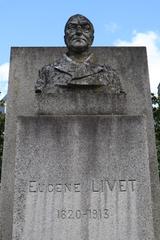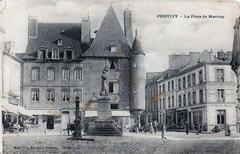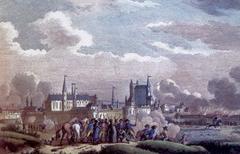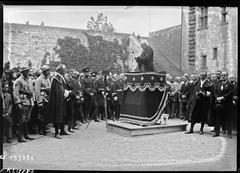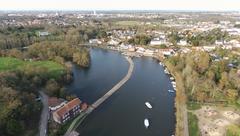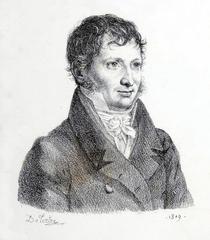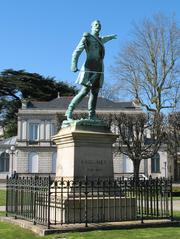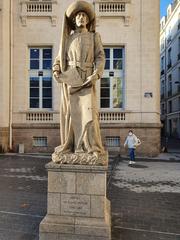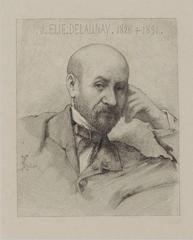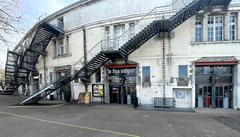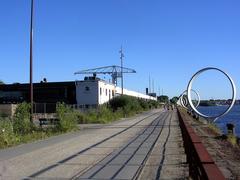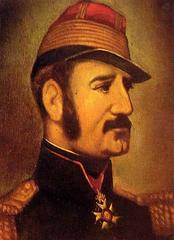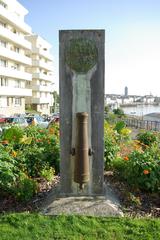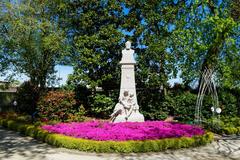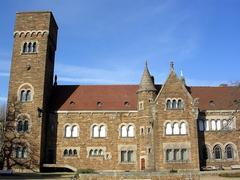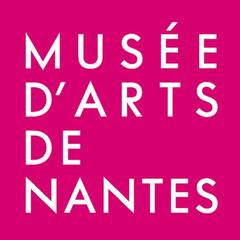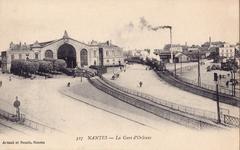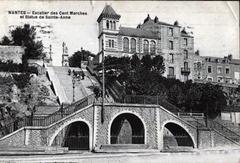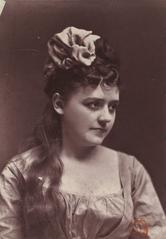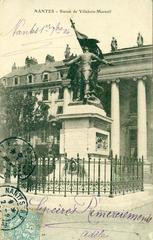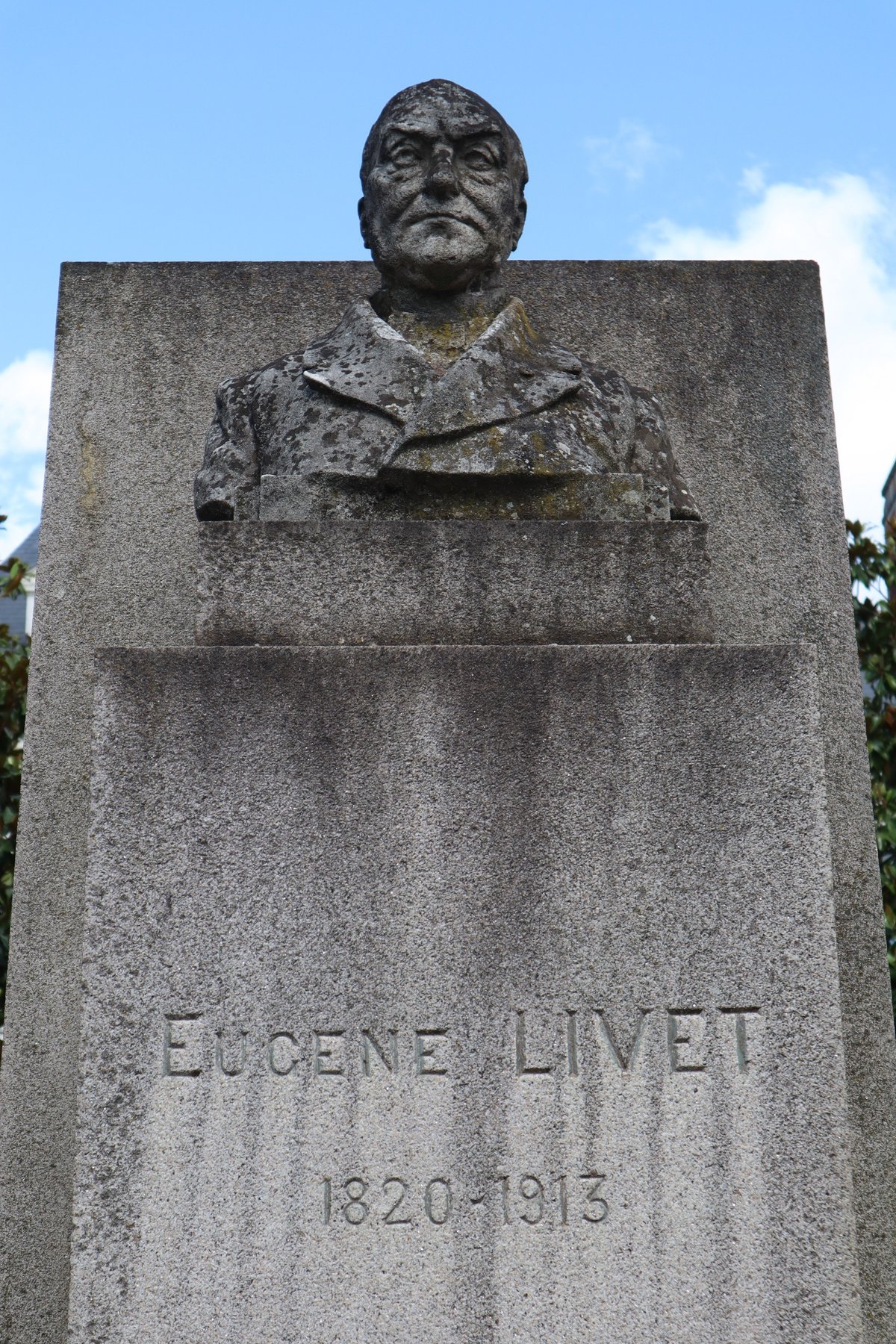
Monument À Eugène Livet Nantes: Visiting Hours, Tickets, and Travel Guide
Date: 14/06/2025
Introduction
Nestled in the vibrant heart of Nantes, France, the Monument À Eugène Livet stands as a testament to the enduring legacy of Eugène Livet (1820–1913), an educational reformer whose pioneering vision revolutionized technical and vocational training in 19th-century France. This guide provides a detailed overview of the monument’s history, cultural significance, visitor information, accessibility, nearby attractions, travel tips, and practical recommendations to ensure you make the most of your visit.
For further insights into the monument’s historical context and Eugène Livet’s impact, consult resources such as the Wikipedia Eugène Livet page, the Patrimonia Nantes portal, and the Lycée Eugène-Livet official website.
Historical Background
Eugène Livet: Life and Educational Legacy
Born in Vernantes, Maine-et-Loire, Eugène Livet was shaped by a family tradition of public service. He began his teaching career in rural Anjou, gradually advancing through educational posts and acquiring a deep conviction that practical, technical training should be accessible to all. In 1846, Livet established the Pension Notre-Dame in Nantes, laying the groundwork for what would become a landmark institution blending general and technical education (Wikipedia).
Foundation of the Institution Livet
Recognizing the needs of an industrializing society, Livet expanded his school to offer courses that integrated manual skills with academic subjects. The Institution Livet rapidly gained recognition for its progressive approach, preparing students for careers in commerce, industry, and engineering. By 1898, it became one of the first Écoles Nationales Professionnelles (ENP), marking its national significance (Patrimonia Nantes, Livet Histoire).
The Monument: Commemoration and Symbolism
After Livet’s death in 1913, the city of Nantes honored him by naming a central square after him and erecting a commemorative monument. The original bronze bust, created by Charles Lebourg, was later replaced by a stone replica following its requisition during WWII (Amicale Livet Nantes). Today, the monument and associated plaques serve as focal points for remembrance and educational celebration.
Practical Visitor Information
Location and Setting
The Monument À Eugène Livet is located at Place Eugène-Livet, adjacent to the Lycée Eugène-Livet at 16 rue Dufour, 44000 Nantes. Positioned in a historically rich district, it is a short walk from the Musée Dobrée, Manoir de la Touche, and the Château des Ducs de Bretagne (Lycée Livet official site, Mapcarta).
Visiting Hours and Tickets
- Access: The monument is outdoors and accessible 24/7, with no admission fees or tickets required.
- Best Times: Visit during daylight, especially in the morning or late afternoon for a quieter atmosphere and optimal photography conditions.
Accessibility
- Physical Access: The site is wheelchair- and stroller-friendly, with flat, paved surroundings and nearby accessible public transport.
- Transport: Easily reached by tram (Line 1: “Jean Jaurès” stop), bus (C1, C6), and bike-sharing stations. Parking is available, though limited during school hours (Le Voyage à Nantes Accessibility Guide).
- Sensory and Cognitive Access: Nantes provides audio guides, French Sign Language resources, and clear signage for visitors with sensory or cognitive disabilities.
Guided Tours and Special Events
- Guided Tours: While regular guided tours of the monument are not offered, the Lycée Livet and local heritage associations arrange special visits during events such as European Heritage Days (Journées du Patrimoine – Lycée Eugène Livet).
- Commemorative Events: Annual ceremonies and educational celebrations take place around August 22 (Livet’s death anniversary) and during heritage events.
Monument Features and Atmosphere
The monument’s understated design—a stone or bronze bust set against an inscribed background—echoes French traditions of honoring educators and civic leaders. Benches and greenery surround the site, creating a peaceful environment ideal for reflection. The adjacent Lycée’s neo-Romanesque architecture and landscaped courtyards further enhance the experience (Livet Histoire).
Nearby Attractions
- Musée Dobrée: Archaeological and historical collections.
- Manoir de la Touche: Historic manor house.
- Château des Ducs de Bretagne: Medieval castle and museum.
- Place Graslin & Passage Pommeraye: Lively squares and shopping arcades.
- Île Feydeau & Trentemoult: Distinctive neighborhoods for urban exploration.
- Memorial to the Abolition of Slavery: A powerful site to include in a heritage walk (A Ticket to Take Off).
Tips for Visitors
- Footwear: Wear comfortable shoes for exploring the historical district.
- Language: Most signage is in French—translation apps can be helpful.
- Weather: Nantes’ climate is temperate with frequent rain—bring an umbrella.
- Photography: Visit during golden hour for the best lighting and photos.
- Amenities: Cafés, bakeries, and public restrooms are available nearby; the monument itself has no dedicated facilities.
Frequently Asked Questions (FAQ)
Q: What are the monument’s visiting hours?
A: The Monument À Eugène Livet is outdoors and accessible at any time.
Q: Is there an entrance fee?
A: No, the site is free to visit.
Q: Is the monument accessible for people with disabilities?
A: Yes, the area is flat, paved, and suitable for wheelchairs and strollers.
Q: Are guided tours available?
A: Only during special events, such as Heritage Days, or by arrangement with local associations.
Q: What is the best time to visit?
A: Daylight hours—preferably mornings or late afternoons—and weekends or school holidays for a quieter experience.
Visuals and Media
- Image: Monument À Eugène Livet with Lycée Livet in the background (alt: Monument À Eugène Livet at Lycée Eugène-Livet in Nantes).
- Image: Courtyard of Lycée Livet with neo-Romanesque architecture (alt: Courtyard of Lycée Eugène-Livet, Nantes).
- Map: Interactive map showing the monument’s location and nearby attractions (see official Nantes tourism resources).
Summary and Recommendations
The Monument À Eugène Livet is both a tribute to a pioneering educator and a symbol of Nantes’ commitment to educational innovation and civic pride. Situated in a cultural hub surrounded by significant historical sites, the monument offers visitors a peaceful and meaningful experience—whether as part of a larger heritage walk or as a moment of quiet reflection. Its open accessibility, combined with practical amenities and proximity to other landmarks, makes it a rewarding stop for travelers of all interests.
For the latest updates on guided tours, commemorative events, and visitor information, consult the Nantes Tourism website, the European Heritage Days portal, and the Lycée Eugène-Livet site. Enhance your journey by downloading the Audiala app and following Nantes tourism channels for real-time tips and accessibility resources.
References
- Eugène Livet Wikipedia, 2023
- Patrimonia Nantes: Institution Livet, 2023
- Livet Histoire: Historical Articles on Eugène Livet, 2023
- Amicale Livet Nantes: Monument History, 2023
- Lycée Eugène-Livet Official Site, 2023
- Nantes Tourism Official Website, 2023
- Journées du Patrimoine – Lycée Eugène Livet, 2023
- Le Voyage à Nantes Accessibility Guide, 2023
- A Ticket to Take Off: Nantes Attractions, 2023
